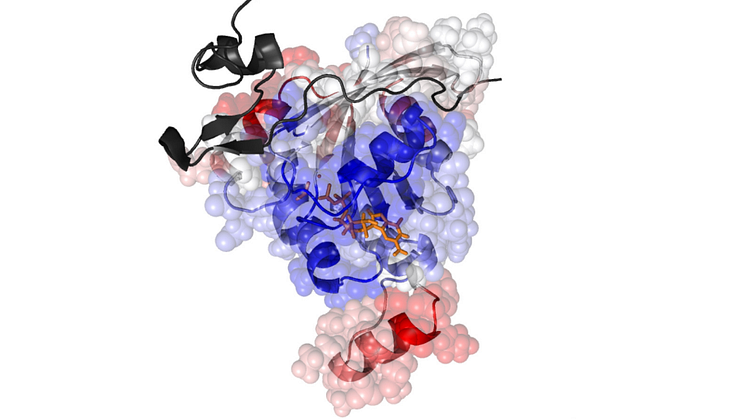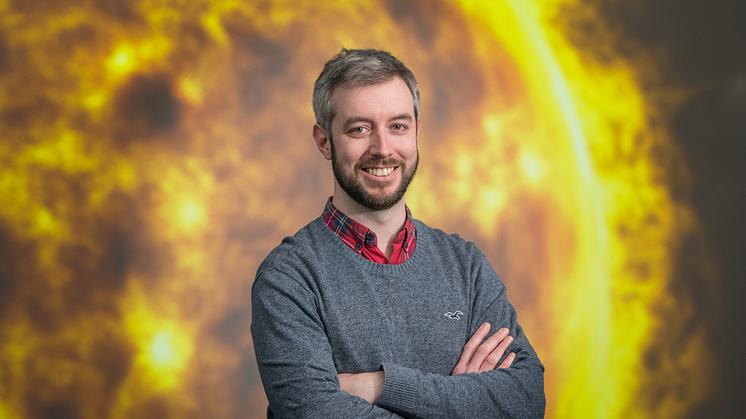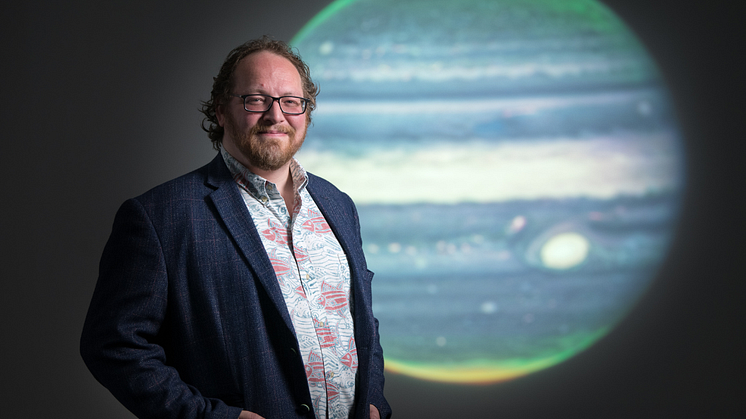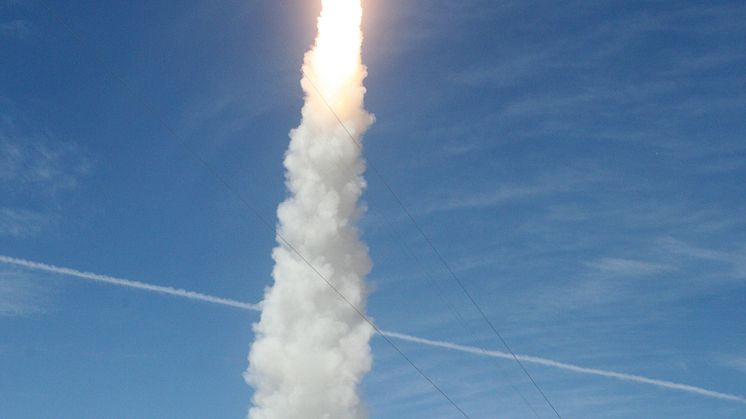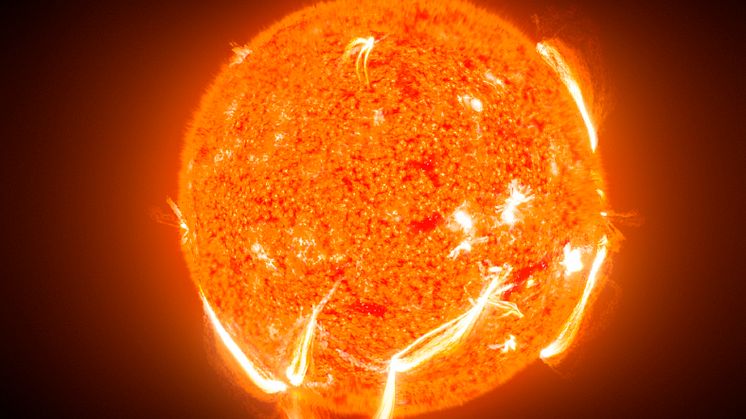
Press release -
Recognition for Northumbria physicist’s solar discoveries
A Northumbria University scientist, whose research has helped change our understanding of the Sun’s magnetic waves, has been recognised for his outstanding contribution to the field of solar physics.
Dr Richard Morton has been named winner of the Royal Astronomical Society’s annual Fowler Award, for individuals who have made a particularly noteworthy contribution to astronomy or geophysics at an early stage of their research career.
Over the past 10 years Dr Morton has been involved in a number of projects which have led to new discoveries about the Sun, including the influence of its changing atmosphere, the origins of the solar wind, and the role sound waves play in generating energy in the sun’s atmosphere.
Dr Morton is a world expert in the observation and analysis of Alfvénic waves in the Sun’s corona – the outermost part of the Sun’s atmosphere. In particular his research focuses on the role these magnetic waves play in heating the Sun’s atmosphere to a million degrees and generating powerful solar winds.
Dr Morton also played a key role in the UKs involvement with the Daniel K Inouye Solar Telescope (DKIST) – the world’s largest and most revolutionary solar telescope, situated at the Haleakala Observatory on the Hawaiian island of Maui.
He was part of a consortium of UK universities and industrial partners who secured a £3.5m grant from the Science and Technology Facilities Council STFC grant, enabling them to make crucial contributions to the DKIST project.
Professor James McLaughlin leads Northumbria University’s renowned Solar Physics Research Group, of which Dr Morton is a member. Speaking about his colleague’s success, Professor McLaughlin said: “Through the rigour of his research and his scientific strategic leadership, Dr Morton has helped secure the UK’s leading role in solar physics.
“He has made a number of outstanding contributions to the field of solar physics, in particular within the sub-disciplines of MagnetoHydroDynamic (MHD) wave theory and magneto-seismology of solar observations, and the international solar physics community looks forward to him continuing his significant contributions.”
Dr Morton is one of around 20 scientists from around the world recognised by the Royal Astronomical Society for their significant achievement in the fields of astronomy and geophysics.
Their work encompasses topics as diverse as the internal structure of the Earth, the mechanics of earthquakes, the theory of planetary formation, the first image of a black hole and the evolution of galaxies.
The awards were announced at the Ordinary Meeting of the Society today, with the winners invited to collect their awards at the RAS National Astronomy Meeting in July.
Royal Astronomical Society President Professor Emma Bunce said: “I’m delighted that we can recognise the wealth of talent in astronomy and geophysics through our prestigious awards and medals. In the midst of a challenging time, we should not lose sight of the achievements of the stars of our science community, inspiring us by answering the deep questions about the Earth beneath our feet and the Universe around us. My congratulations to all the winners!”
Last year Dr Morton was awarded £1.2m through UKRI’s Future Leader Fellowship scheme, and is currently working on a four-year project entitled, ‘Revealing the Pattern of Solar Alfvénic Waves (RiPSAW)’.
Speaking about his Royal Astronomical Society award, Dr Morton said: “With so much extraordinary research taking place within the field of solar physics it is wonderful to be recognised in this way.”
Find out more about Northumbria University’s Department of Maths, Physics and Electrical Engineering.
Topics
Categories
Northumbria is a research-rich, business-focused, professional university with a global reputation for academic excellence. Find out more about us at www.northumbria.ac.uk --- Please contact our Media and Communications team at media.communications@northumbria.ac.uk with any media enquiries or interview requests ---







